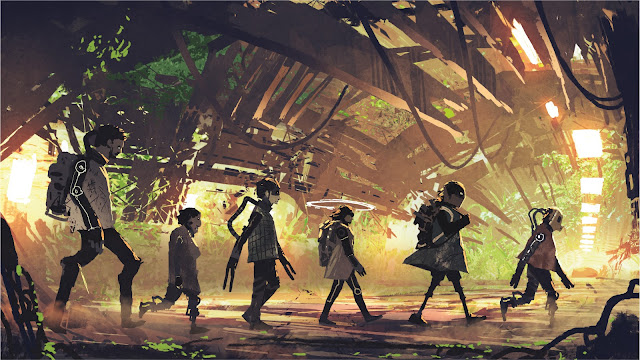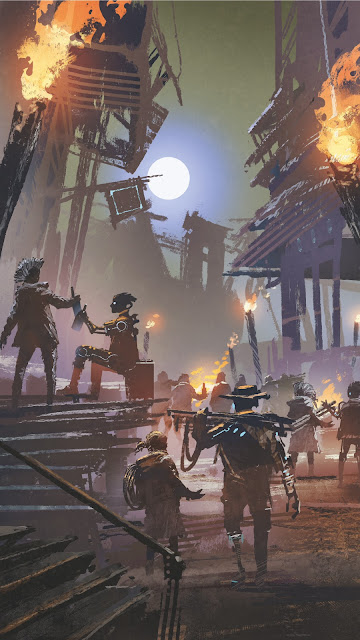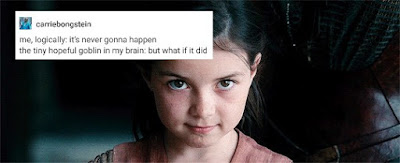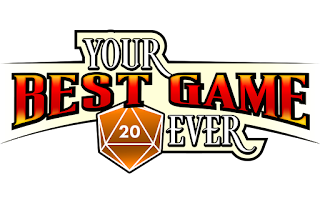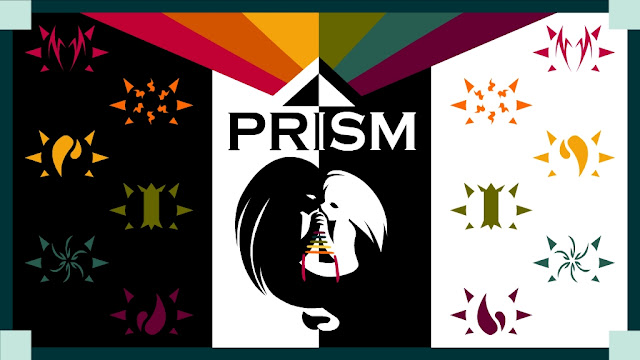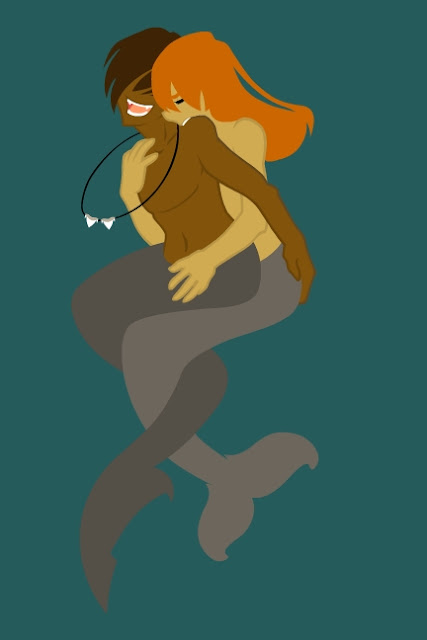--
What is Legacy: Life Among the Ruins - The Next World, both as a product and as your vision?
At its most basic, the new campaign is a collection of three supplement books for Legacy. Two of them - Engine of Life and End Game - combine new rules and options for Legacy with backer-created content made as part of the first kickstarter, while the third - Free From the Yoke - is a standalone setting hack of the original game transposing it into political fantasy rooted in Slavic folklore.
At a higher level, it's our opportunity to really stretch our wings with the 2nd edition of the game. While we're very proud of what we achieved with the 2e corebook, a lot of it was a revision and restatement of things created for 1e. With these new books, we're bringing completely new options to the game that change up some key assumptions to the game: the Timestream Refugees don't use standard stats but instead get better at moves the more they've helped others, while the Herald isn't defined by their role in their Family but instead by the pre-apocalypse cultural icon they're emulating. Free From the Yoke completely rewrites many of Legacy's core systems, bringing in magic and chains of fealty and nation-scale logistics.
Beyond even that, these books give you the tools to decide the trajectory of your campaign: The Engine of Life gives ways to guide the wasteland towards a new flourishing and an eventual peace, while End Game presents final threats that might finish the world off for good and offers sacrifices you might make to push it back.
Finally, Free From the Yoke presents players with a newborn nation feeling the after-effects of generations of foreign occupation, and asks them how much they prize the communal health of the nation over their own wealth, prosperity and independence. It's an opportunity for us to explore a more measured, large-scale kind of storytelling, and a way to return to some of Legacy's inspirations - Reign and Birthright.
 |
| I love this picture so much. |
What are some of the ways Timestream Refugees become better, more advanced?
The Timestream Refugees are focused on stopping the future calamity they fled from, and to do that they need to guide the actions of others while avoiding being tied down by obligations. This is core, and so instead of the standard stats of Reach, Grasp and Sleight that have Momentum and Balance. They roll Momentum for most family moves, but it reduces by 1 each time they do. They get a point back each time they successfully help another family, but in addition you secretly write down your vision for each family at the start of each Age. If your vision comes to pass you gain more momentum, but otherwise the world slips closer to ruin. Depending on the player’s choices, they could gain Momentum from characters reaching a satisfying end to their arc, from great projects being completed, or from resolving systemic problems with the homeland. And building on that, their other moves let them do things like uplift a generic NPC into a legendary hero, predicting that a new age would provide a bounty of resources, appear when other players roll double-1s or double-6s to share in the glory or mitigate tragedy, or help other players better understand the world. They’re a playbook all about ‘striving to put right what once went wrong’, drawing on Quantum Leap, Terminator and Travellers, and I really enjoy how we’ve managed to make that work and draw you into the other Families’ stories.
Tell me about the magic in Free From the Yoke - how does it work? How does it change the way Legacy works?
Tell me about the magic in Free From the Yoke - how does it work? How does it change the way Legacy works?
Technology in Legacy is materialistic - it’s disposable, and self-powered, and tied to the physical device. In contrast, magic in Free From the Yoke is a story you tell the land to get it to help you. All magic needs a tutor - either a more learned sage, or the land itself. When you learn a ritual it triggers a new core move where you and your tutor negotiate what obligations you accept in return for power. Maybe you’re not allowed to teach the ritual to others, or must act virtuously to retain access to it, or must regularly perform a particular observance.
Then, when you enact the ritual, that’s another negotiation - depending on how well you performed it, you can call on the land for extra power, control, healing, or insight into your tutor’s current state. In return, the GM picks costs, with more costs if you’ve broken any of those obligations you agreed to. These downsides might include a small sacrifice, a change in the weather, strange behaviour from animals and plants, or a cost to your health.
Finally, this is still a Legacy game, so this all shapes your family over generations. Every time the ages turn and you retire an old character, you may add one ritual they know to your House's lore - gradually building up a corpus of knowledge that future characters will be able to call on as they adventure, but tying your House closer to the Land's waxing and waning health in the process.
--
Thanks so much Jay! I hope you all enjoyed learning some about Legacy: Life Among the Ruins: The Next World and that you'll check it out on Kickstarter!
Thoughty is supported by the community on patreon.com/briecs. Tell your friends!
To leave some cash in the tip jar, go to http://paypal.me/thoughty.
If you'd like to be interviewed for Thoughty, or have a project featured, follow the instructions on the Contact page.

